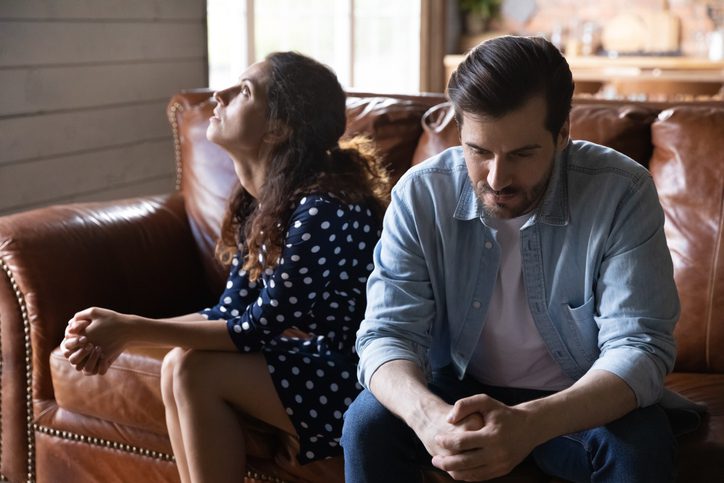Indigenous people are the descendants of those who first inhabited an area of land. In the United States, these groups have sometimes been referred to as Indians or Native Americans, though these terms are no longer preferred by most Americans of indigenous ancestry because they were coined by white colonizers. There are many diverse groups of people who are considered indigenous to the United States, including those whose ancestors were the first to settle Alaska, Hawaii, and the remaining 48 states. The second Monday in October, which falls on October 14 in 2024, is reserved to honor the culture, history, resilience, and struggles of these specific Americans. At Cottonwood, in Tucson, Arizona, it is our privilege to serve indigenous people among our guests.
Why Indigenous Peoples’ Day Coincides With Columbus Day
You may have noticed that whenever it is Indigenous Peoples’ Day, your calendar also indicates that it is Columbus Day. This is not an accident. This was done to recognize the disease, genocide, slavery, and other trauma that indigenous people endured as a result of the arrival of Christopher Columbus and other European explorers. The number of Indigenous people in the United States before the arrival of white settlers was around 100 million. Today, there are only around 5.2 million people who identify as even partly indigenous.
Mental Health and Addiction Among Indigenous People
Science has shown that an individual experiencing trauma increases the risk of many undesired outcomes. Generation upon generation of a family or cultural group experiencing trauma can lead to a cycle of pain and suffering. Indigenous people around the world and within the U.S. are often at heightened risk for:
- Mental illness – 18.7 percent of Indigenous Americans struggle with mental health, including high numbers of people with substance use disorders, major depression, and conduct disorder, when compared against non-Hispanic white Americans.
- Suicide – Indigenous adolescents are twice as likely as their white counterparts to end their own lives, and suicide is the second leading cause of death for indigenous Americans between 10 and 34 years of age.
Strengths of Indigenous People
There are 574 separate, federally recognized Indigenous groups in the United States today, plus many groups that have not been recognized, speaking more than 200 different languages (with even more dialects). The people within these groups have a wide range of cultures, traditions, beliefs, and histories. For this reason, it is important not to overgeneralize about specific traits that these groups may or may not share. However, it is generally common for Indigenous Americans to share:
- A strong connection to the land and nature
- Immense appreciation for their past and their elders
- Strong family bonds
- Emphasis on traditions
These are all considered protective factors, which can help people to navigate difficulties in their lives.
Ongoing Struggles Indigenous Americans Face
Indigenous Americans still face a number of barriers within the societal systems constructed by and for white people in the United States:
- After their ancestors were forced off of ancestral lands and required to relocate in rural, isolated locations, modern indigenous people continue to have difficulty obtaining services for their physical and mental health. Even clean water, proper sanitation, electricity, and food are often not available.
- Lost access to natural resources deprived generations of Indigenous people of the opportunity to live off the land as many of their ancestors had before them. Poverty and unemployment have continued to plague native communities.
- Because they were denied the freedom to freely practice their language, cultures, and traditions, many indigenous practices have died out, depriving modern indigenous people of their heritage.
- When indigenous people did not receive promised funding from the federal government to provide for the health, safety, and welfare of their people, they were unable to build proper infrastructure in the places where they were forced to settle.
- To this day, many indigenous people continue to experience cultural incompetence from largely white helping professionals who disregard the cultural, spiritual, and traditional values of Indigenous individuals and groups.
- This has led to distrust of government services, which has sometimes made indigenous people unwilling to ask for or receive help from government entities and their affiliates.
Ways Non-Indigenous People Can Observe Indigenous Peoples’ Day
If you aren’t sure how best to support Indigenous Americans, you may find it helpful to start with the following steps:
- Learn more about the land where you live and the history of the people who originally settled it.
- Attend a local Indigenous Peoples’ Day celebration in person or online.
- Learn about plants that are native to your area, their traditional uses, and the farming techniques of indigenous people.
- Visit a museum that promotes Indigenous history, art, and perspectives. One such museum in Arizona is the Heard Museum.
At Cottonwood, we offer trauma-informed, whole-person care for people struggling with mental illness and addiction. We offer residential and outpatient services to meet the different levels of care needs our guests may have. Our treatment plans are personalized to each individual, and take into consideration their physical, mental, spiritual, emotional, social, and cultural needs.







